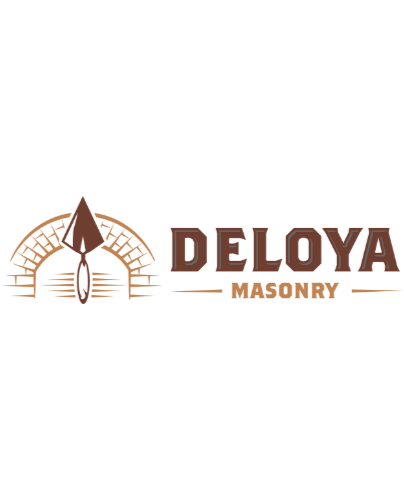Real Grass vs. Artificial Turf: The Best Lawn Choice for Southern California Homes
- Wilzave Quiles Guzmán
- Mar 26
- 3 min read
If you’re considering a new lawn in Los Angeles or Riverside, CA, you might be wondering whether real grass or artificial turf is the best option. Both choices have their pros and cons, especially in Southern California’s warm, dry climate. In this blog, we’ll compare the benefits, drawbacks, and long-term impacts of each option to help you make the best decision for your drought-friendly landscape.

The Case for Real Grass
Real grass has long been the preferred choice for homeowners who want a lush, natural yard. Here’s what you need to know:
Pros of Real Grass:
Natural Cooling Effect – Grass absorbs sunlight and helps reduce yard temperatures, making outdoor spaces more comfortable.
Environmental Benefits – Grass aids in carbon absorption and oxygen production, improving air quality.
Soil Health & Drainage – Natural grass prevents soil erosion and improves rainwater absorption, a crucial factor in wildfire-prone areas.
Aesthetic & Comfort – Many homeowners prefer the soft feel and organic beauty of real grass, which is ideal for pets and children.
Cons of Real Grass:
High Water Consumption – Grass requires regular watering, which can be unsustainable and costly in drought-prone California.
Frequent Maintenance – Mowing, fertilizing, and pest control require time and effort.
Vulnerability to Drought – Without proper watering, real grass can turn brown and patchy.
Pest Issues – Grass attracts insects like grubs, which can damage roots and require pest control treatments.
For more information on drought-resistant grass types, visit the California Native Plant Society.
The Case for Artificial Turf
Artificial turf has become a popular, low-maintenance alternative, particularly in water-conscious Southern California.
Pros of Artificial Turf:
Significant Water Savings – Turf requires no irrigation, helping homeowners comply with California’s water restrictions.
Minimal Maintenance – No mowing, fertilizing, or weeding is needed.
Long-Term Durability – High-quality turf lasts 15-20 years and withstands heavy foot traffic and pet activity.
Consistent Green Appearance – Turf maintains a vibrant look year-round without fertilizers or chemicals.
Allergy-Friendly – Unlike real grass, artificial turf does not produce pollen, making it a great option for allergy sufferers.
Cons of Artificial Turf:
Heat Retention – Turf absorbs heat, making it hotter than natural grass on sunny days. Some modern products include cooling technology, but surfaces can still become uncomfortable.
Environmental Concerns – Turf is made from synthetic materials that aren’t biodegradable, leading to landfill waste when replaced.
High Initial Installation Cost – The upfront investment is higher than sod, but long-term savings in water and maintenance can offset this.
Bacteria Build-Up Risk – Without proper cleaning, pet waste and bacteria can accumulate in artificial turf.
HOA and City Restrictions – Some local ordinances limit or regulate artificial turf installation. Check your local rules before making a decision.
For more details on California turf regulations and sustainability, visit the California Department of Water Resources.
What’s the Best Lawn Choice for Southern California Homeowners?
The best choice depends on your lifestyle, budget, and environmental priorities:
Choose real grass if you want a natural lawn with cooling benefits and soil health advantages but don’t mind higher water and maintenance requirements.
Choose artificial turf if you prefer low maintenance, long-term cost savings, and water conservation, especially given Southern California’s frequent droughts.
Water-Smart Landscaping Alternatives
If you’re looking for eco-friendly, low-water landscaping, consider drought-tolerant alternatives, such as:
Xeriscaping – A blend of native plants, mulch, and hardscaping to reduce water use.
Drought-Resistant Ground Covers – Options like kurapia, buffalo grass, and clover require less maintenance and water.
Hybrid Lawns – A mix of real and artificial grass to balance aesthetics, functionality, and sustainability.
For expert water-wise landscaping tips, check out Los Angeles Waterkeeper and Save Our Water.
Final Thoughts
Both real grass and artificial turf have their advantages and drawbacks. The best option for your Southern California home depends on your priorities, from aesthetics and maintenance to environmental impact and water conservation.
If you need professional guidance, our team can help you design the perfect lawn tailored to your needs.
Looking for expert advice? Contact us today for a consultation on the best lawn solution for your Los Angeles or Riverside home!




Helpful comparison. Homeowners weighing water use and upkeep can benefit from understanding how each option performs long term. Artificial Turf offers convenience and consistent appearance, while real grass supports natural cooling. Choosing depends on climate, budget, and lifestyle.